Related Research Articles
Electoral systems of the Australian states and territories are broadly similar to the electoral system used in federal elections in Australia.
The parliaments of the Australian states and territories are legislative bodies within the federal framework of the Commonwealth of Australia.
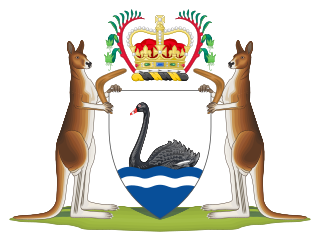
The Parliament of Western Australia is the bicameral legislature of the Australian state of Western Australia, which constitutes the legislative branch of the state's political system. The parliament consists of the King, the Legislative Council and the Legislative Assembly. The two houses of parliament sit in Parliament House in the state capital, Perth.
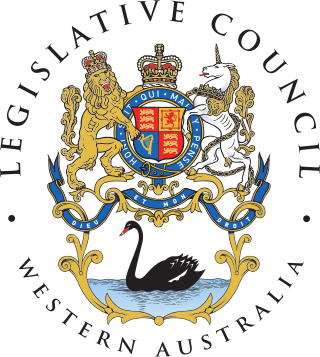
The Western Australian Legislative Council is the upper house of the Parliament of Western Australia, a state of Australia. It is regarded as a house of review for legislation passed by the Legislative Assembly, the lower house. The two Houses of Parliament sit in Parliament House in the state capital, Perth.
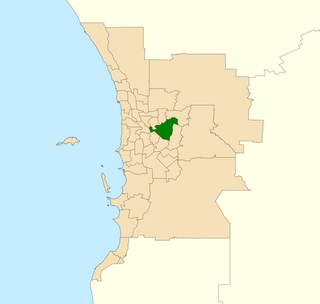
Belmont is an electoral district of the Legislative Assembly in the Australian state of Western Australia. Belmont is named for the inner eastern Perth suburb of Belmont, which falls within its borders.

Elections were held in the state of Western Australia on 26 February 2005 to elect all 57 members to the Legislative Assembly and all 34 members to the Legislative Council. The Labor government, led by Premier Geoff Gallop, won a second term in office against the Liberal Party, led by Opposition Leader Colin Barnett.

Elections were held in the state of Western Australia on 10 February 2001 to elect all 57 members to the Legislative Assembly and all 34 members to the Legislative Council. The two-term Liberal–National coalition government, led by Premier Richard Court, was defeated by the Labor Party, led by Opposition Leader Dr Geoff Gallop, in a landslide.
Elections were held in the state of Western Australia on 23 February 1980 to elect all 55 members to the Legislative Assembly and 16 members to the 32-seat Legislative Council. The Liberal-National Country coalition government, led by Premier Sir Charles Court, won a third term in office against the Labor Party, led by Opposition Leader Ron Davies.

Elections were held in the state of Western Australia on 30 March 1974 to elect all 51 members to the Legislative Assembly and 15 members to the 30-seat Legislative Council. The one-term Labor government, led by Premier John Tonkin, was defeated by the Liberal Party, led by Opposition Leader Charles Court.
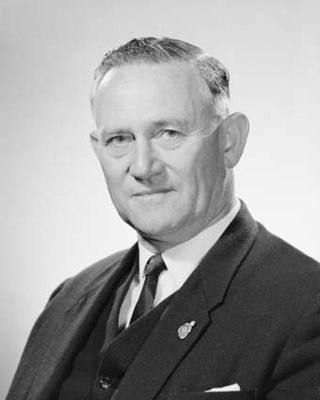
Elections were held in the state of Western Australia on 20 February 1965 to elect all 50 members to the Legislative Assembly and 15 members to the 30-seat Legislative Council. The Liberal-Country coalition government, led by Premier Sir David Brand, won a third term in office against the Labor Party, led by Opposition Leader Albert Hawke.

Elections were held in the state of Western Australia on 31 March 1962 to elect all 50 members to the Legislative Assembly. The Liberal-Country coalition government, led by Premier Sir David Brand, won a second term in office against the Labor Party, led by Opposition Leader Albert Hawke.

Elections were held in the state of Western Australia on 14 February 1953 to elect all 50 members to the Legislative Assembly. The two-term Liberal-Country Party coalition government, led by Premier Sir Ross McLarty, was defeated by the Labor Party, led by Opposition Leader Albert Hawke.

State elections were held in South Australia on 7 March 1959. All 39 seats in the South Australian House of Assembly were up for election. The incumbent Liberal and Country League led by Premier of South Australia Thomas Playford IV defeated the Australian Labor Party led by Leader of the Opposition Mick O'Halloran.

The 1962 New South Wales state election was held on 3 March 1962. It was conducted in single member constituencies with compulsory preferential voting and was held on boundaries created at a 1961 redistribution. The election was for all of the 94 seats in the Legislative Assembly.
Suffrage in Australia is the voting rights in the Commonwealth of Australia, its six component states and territories, and local governments. The colonies of Australia began to grant universal male suffrage from 1856, with women's suffrage on equal terms following between the 1890s and 1900s. Some jurisdictions introduced racial restrictions on voting from 1885, and by 1902 most Australian residents who were not of European descent were explicitly or effectively excluded from voting and standing for office, including at the Federal level. Such restrictions had been removed by 1966. Today, the right to vote at all levels of government is held by citizens of Australia over the age of 18 years, excluding some prisoners and people "of unsound mind".

The 1976 Victorian state election, held on Saturday, 20 March 1976, was for the 47th Parliament of Victoria. It was held in the Australian state of Victoria to elect 81 members of the state's Legislative Assembly and 22 members of the 44-member Legislative Council. Since the previous election, there was an increase in the number of members of the Legislative Assembly by 8 and in the number of Council members by 8, though only 4 were elected at the 1976 election.
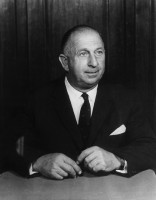
Elections were held in the Australian state of Victoria on Saturday 29 April 1967 to elect the 73 members of the state's Legislative Assembly and 18 members of the 36-member Legislative Council.

Elections were held in the Australian state of Victoria on Saturday 31 May 1958 to elect the 66 members of the state's Legislative Assembly. This was the last time Assembly elections were held separately from those for the Legislative Council.
Alanna Therese Clohesy is an Australian politician who is the 19th and current President of the Western Australian Legislative Council. She was elected to the Western Australian Legislative Council as a Labor Party member for the East Metropolitan region at the 2013 state election.
Elections were held in the Australian state of Western Australia on 30 April 1960 to elect 10 of the 30 members of the state's Legislative Council.
References
- ↑ "Details of 1962 WA Upper House Election". University of Western Australia. Retrieved 26 October 2016.